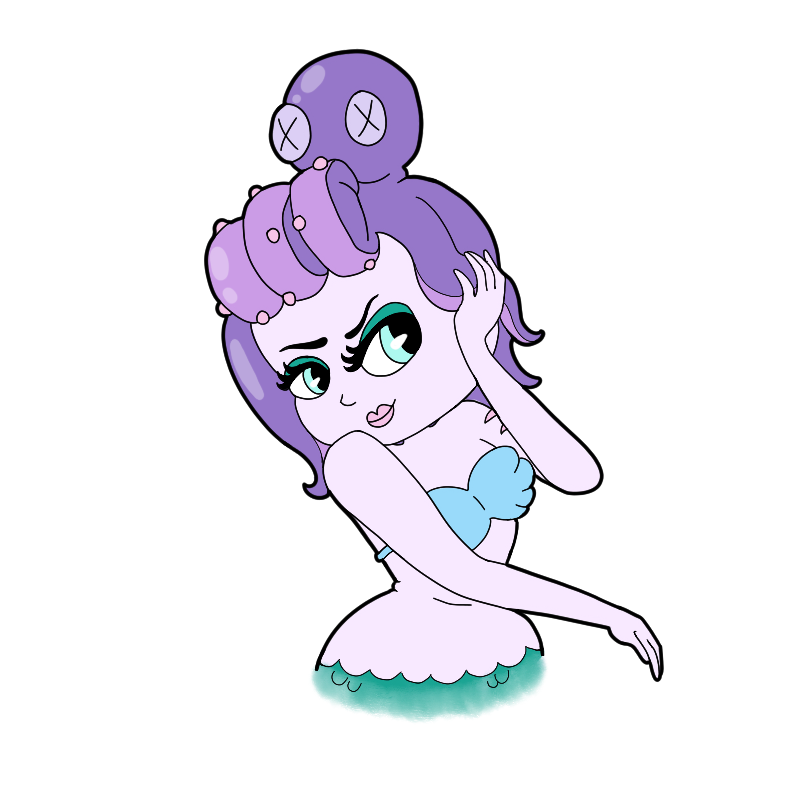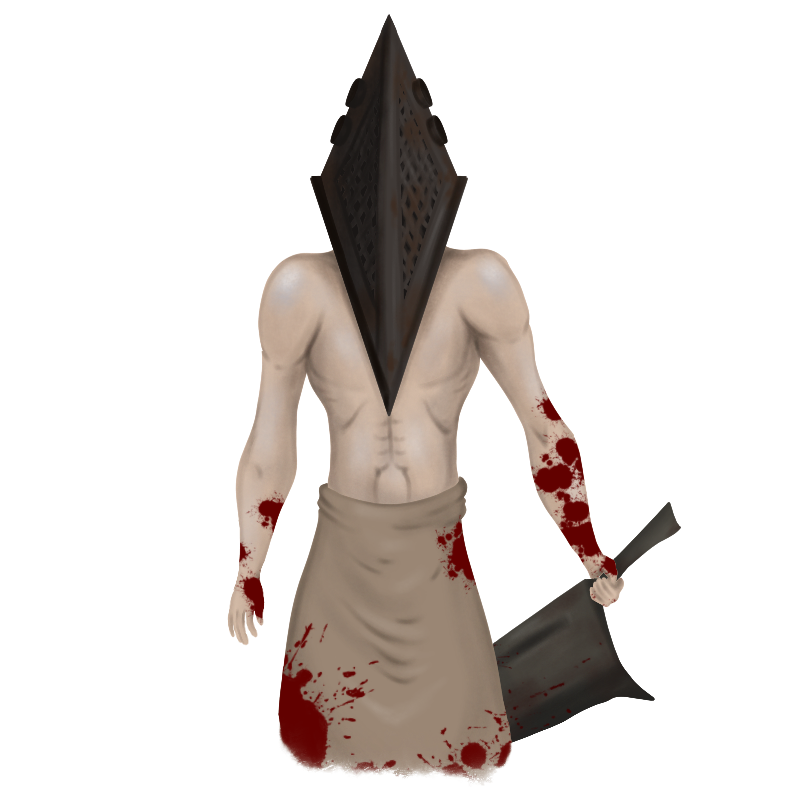
Throwing down the controller after dying only minutes into Bloodborne for the 15th time, I wonder why I force myself to play a game that I honestly believe I will never get to see the end of. My experience with Bloodborne got me to start thinking about other games that I haven’t played because of the difficulty level and what I missed by not being able to play them. By exploring these difficult games, I realized something about game difficulty in general: there’s an accessibility problem that’s pervasive in video game development. Video games have so much more to offer than just game play, so why do developers sometimes make their games intentionally inaccessible to casual gamers?

Before I continue, I would like to make sure everyone understands that I am painfully aware that Bloodborne is considered to be the easiest of FromSoftware’s series of punishingly difficult games. I also have to admit from the start that I am not what some would consider a “hardcore gamer.” I love video games and probably spend far too much time with them, but I personally can’t find the appeal in spending hours painstakingly working my way through Bloodborne or Dark Souls. However, looking into the characters and the world that have both been magnificently crafted in these video games, it’s apparent how much effort is put into these worlds, and it feels like the developers are alienating those who may also love the world they created by locking it behind a difficulty that many can’t get past.
FromSoftware’s games are just some of the many video games that craft excellent worlds, but lock themselves behind difficulty that alienates players. Another well-known example is Cuphead, a smash hit run-and-gun game released in 2017. In spite of its popularity, the game was notoriously difficult. Personally, I was only able to finish two or three boss battles before I decided that, as much as I loved the artstyle and music, the game was just simply too difficult for me to find fun. Therein lies my central issue with games that are difficult for the sake of being difficult: Why is it that developers put so much effort into crafting these worlds only to cut off a significant amount of potential players from getting to experience and cherish them? Watching a playthrough of Cuphead or Bloodborne isn’t the same as getting to experience it yourself, and getting to make choices that make the experience your own.

Beyond just alienating players for wanting to play on an easier difficulty setting, some games take it a step further, and even punish or mock the player for lowering the difficulty. Two examples come to mind: Metal Gear Solid V and Wolfenstein: The New Order. In each of these games, the player is punished to varying degrees for playing on an easier difficulty. In Metal Gear Solid V, if the player character dies too many times, they will be offered a chicken hat to wear. By wearing this chicken hat, the player becomes harder to detect and they have a faster rate of health regeneration. The infamous chicken hat is really a minor issue when it comes to game difficulty; most Metal Gear players agree that the chicken hat is more lighthearted than actually malicious and alienating. However, in Wolfenstein: The New Order’s difficulty selection screen, if the player chooses easy mode their character will be dressed as a baby and the easy mode will be called “Can I Play, Daddy?” This goes beyond a chicken hat for those who die in a game too often. The developers took a step further to try to actively antagonize the player into playing on a more difficult setting than they may feel comfortable with. The act of shaming a player for their difficulty choice makes more casual players feel like they aren’t wanted. If the point of video games is to entertain the player and make money for the developer, why taunt the player into playing at a difficulty level that would actively make them dislike the game? There are games that provide difficulty levels in a much better way, fortunately. Shadow Warrior 2’s easy mode is self-described as “perfectly fine, if by the end of an exhausting day all you need is to feel like a goddamn superhero.” And honestly, sometimes you do just want to feel like a goddamn superhero when playing a game, and there shouldn’t be any judgment against that.

So why should games be more accessible, and why is there such a push from the gaming community to add less difficulty to games? The answer comes from the rising popularity of video games among the public. As more people start playing video games, different types of people will have a desire to play video games, some of whom may have disabilities that prevent them from being able to fully enjoy the game. One charity called tThe AbleGamers Charity has worked to provide those with physical disabilities with the tools necessary for being able to enjoy games. They have also worked with game developers to draft guidelines that demonstrate ways they can design and develop games with disabled gamers in mind. For instance, one of the examples accessible difficulty design that The AbleGamers Charity is Silent Hill 2’s difficulty menu. Silent Hill 2 stands out because the player is asked to choose their difficulty for two different game metrics: one for action, referring to the encounters with monsters in the games, and one for puzzle difficulty, which is self-explanatory. With this wide choice of difficulty levels, players are able to tailor their experience with the game to their own liking, therefore increasing their enjoyment overall. Too often, those with disabilities are forgotten in the conversation about game difficulty. Games like Cuphead, for instance, as Polygon writer Ben Kuchera said, “completely dismiss players without full motor control of one or both hands.” When difficulty can be adjusted to tailor to the player’s needs or desires, it allows those who want to experience the game the opportunity to do so.
The most critical thing to understand is that a game can still be difficult without it being punishing and alienating. The shining star of accessibility in a difficult game is Celeste. Celeste is a platformer that the developers admit was intentionally made to be difficult. What makes Celeste different, however, is that the developers added an assist mode. Assist mode adds a wide range of modifications to the gameplay, such as slowing down the movement in the game or giving the player infinite air dashes, an integral part of Celeste’s gameplay. Assist mode can be turned on and off as the player needs. This allows the player to tailor the experience to their personal needs throughout the game.
By adding more dynamic difficulty options, more people are allowed to enjoy games. Bloodborne can still be as punishingly difficult as always to those who want that challenge. However, it doesn’t hurt the hardcore player if the casual player can enjoy Bloodborne at their own pace. There are people who say that the way they felt after slowly grinding through a game like Bloodborne is one of the most rewarding feelings in a video game. How rewarding that feeling is, though, can vary from person to person. An easier experience for people who still want to appreciate the work the developers put into a game shouldn’t cheapen the accomplishment for someone playing on a vastly more difficult setting.

Tanner Lewis (junior | criminology)
Just a collection of rats that developed a hive mind.
Comments